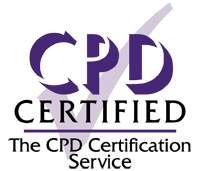The selection, specification and fitting of a spectacle frame necessitates the recording of certain measurements particular to the frame. These measurements are also essential when it is required to manufacture a handmade spectacle frame. Instruments designed to accomplish this task...

